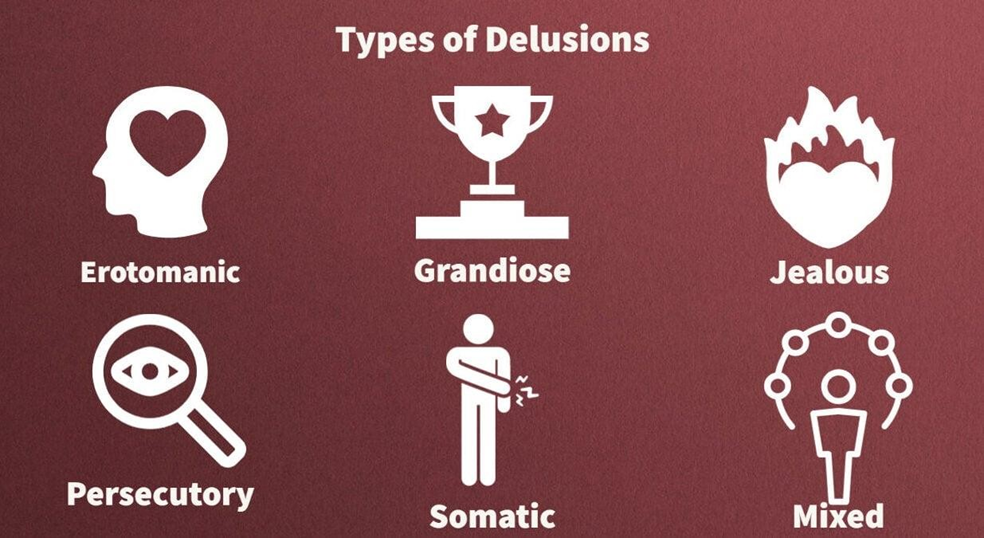A client with post-traumatic stress disorder (PTSD) is admitted to the psychiatric unit. Which intervention is most important for the nurse to include in this client's plan of care?
Provide a quiet room away from the recreational area.
Acquaint the client with the rules of the unit.
Ensure that the client eats a well-balanced diet.
Introduce the client to other clients with a similar diagnosis.
The Correct Answer is A
A. Providing a quiet room is important. This is because individuals with PTSD are often hypersensitive to noise and other stimuli, which can trigger flashbacks or other
symptoms. A quiet environment can help to reduce anxiety and promote relaxation.
B. Acquainting the client with the unit rules is important, but connecting the client with peers who understand their experiences can be more therapeutic initially.
C. Ensuring a well-balanced diet is essential but might not be the priority in the immediate plan of care for someone newly admitted with PTSD.
D. Introducing the client to others with similar diagnoses helps foster a sense of belonging.
However, this is a long-term rather than an immediate intervention.
Nursing Test Bank
Naxlex Comprehensive Predictor Exams
Related Questions
Correct Answer is B
Explanation
A. Compulsive, ritualistic behaviors might be seen in other psychiatric conditions but are not specifically characteristic of schizophrenia.
B. Responding with illogical answers to questions is a common symptom of schizophrenia, specifically disorganized thinking or speech.
C. Frequent thoughts of committing suicide might occur in various psychiatric conditions but are not specific to schizophrenia.
D. Describing times of depression followed by feelings of euphoria is more characteristic of bipolar disorder, not schizophrenia.
Correct Answer is C
Explanation
A. "The snakes on the wall are going to eat me" indicates a hallucination, specifically a visual hallucination. Hallucinations involve perceiving something that is not present, such as seeing or hearing things that others do not. This statement does not confirm delusions.
B. Hearing voices instructing harm doesn't confirm delusions but auditory hallucinations.
C. "The nurse at night is trying to poison me with pills" reflects a delusion, specifically a persecutory delusion. Delusions are false, fixed beliefs that are not based in reality and are resistant to reasoning or contradictory evidence. This statement indicates a belief that someone is attempting harm, which is characteristic of delusional thinking.
D. Believing fire is burning the skin could suggest a hallucination involving sensations, not necessarily a delusion.

Whether you are a student looking to ace your exams or a practicing nurse seeking to enhance your expertise , our nursing education contents will empower you with the confidence and competence to make a difference in the lives of patients and become a respected leader in the healthcare field.
Visit Naxlex, invest in your future and unlock endless possibilities with our unparalleled nursing education contents today
Report Wrong Answer on the Current Question
Do you disagree with the answer? If yes, what is your expected answer? Explain.
Kindly be descriptive with the issue you are facing.
